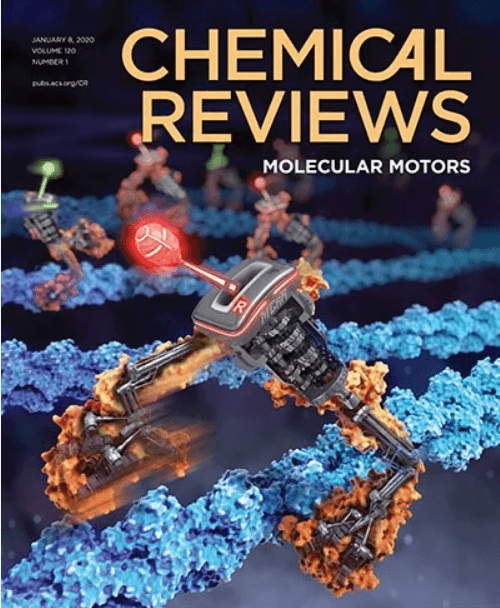钙钛矿太阳能电池与发光二极管:材料化学、器件物理及其关系
IF 55.8
1区 化学
Q1 CHEMISTRY, MULTIDISCIPLINARY
引用次数: 0
摘要
溶液处理钙钛矿太阳能电池(PSCs)和钙钛矿发光二极管(PeLEDs)代表了有前途的下一代光电技术。本文综述了近年来金属卤化物钙钛矿材料在PSC和PeLED器件中的应用进展,以解决其效率、稳定性和可扩展性问题。重点放在材料化学策略,用于控制和工程的组成,沉积过程,界面和微纳米结构在溶液处理钙钛矿薄膜,导致高质量的晶体薄膜的最佳器件性能。此外,我们回顾性地比较了PSCs和pped的器件物理特性,它们的工作原理和能量损失机制,研究了两种器件之间的异同。互易关系表明,一个好的PSC也应该是一个好的PeLED,这促使人们寻找具有最大辐射复合和可忽略非辐射复合的互转换光电双功能器件。详细讨论了PSCs和pled在带隙、厚度、带对准和电荷输运方面的具体要求。还说明了进一步的挑战和问题,以及未来发展的前景。了解这些基本原理,拥抱最新的突破,探索未来的前景,为高性能PSC和PeLED设备的合理设计和开发铺平了道路。本文章由计算机程序翻译,如有差异,请以英文原文为准。

Perovskite Solar Cells and Light Emitting Diodes: Materials Chemistry, Device Physics and Relationship
Solution-processed perovskite solar cells (PSCs) and perovskite light emitting diodes (PeLEDs) represent promising next-generation optoelectronic technologies. This Review summarizes recent advancements in the application of metal halide perovskite materials for PSC and PeLED devices to address the efficiency, stability and scalability issues. Emphasis is placed on material chemistry strategies used to control and engineer the composition, deposition process, interface and micro-nanostructure in solution-processed perovskite films, leading to high-quality crystalline thin films for optimal device performance. Furthermore, we retrospectively compare the device physics of PSCs and PeLEDs, their working principles and their energy loss mechanisms, examining the similarities and differences between the two types of devices. The reciprocity relationship suggests that a great PSC should also be a great PeLED, motivating the search for interconverting photoelectric bifunctional devices with maximum radiative recombination and negligible non-radiative recombination. Specific requirements of PSCs and PeLEDs in terms of bandgap, thickness, band alignment and charge transport to achieve this target are discussed in detail. Further challenges and issues are also illustrated, together with prospects for future development. Understanding these fundamentals, embracing recent breakthroughs and exploring future prospects pave the way toward the rational design and development of high-performance PSC and PeLED devices.
求助全文
通过发布文献求助,成功后即可免费获取论文全文。
去求助
来源期刊

Chemical Reviews
化学-化学综合
CiteScore
106.00
自引率
1.10%
发文量
278
审稿时长
4.3 months
期刊介绍:
Chemical Reviews is a highly regarded and highest-ranked journal covering the general topic of chemistry. Its mission is to provide comprehensive, authoritative, critical, and readable reviews of important recent research in organic, inorganic, physical, analytical, theoretical, and biological chemistry.
Since 1985, Chemical Reviews has also published periodic thematic issues that focus on a single theme or direction of emerging research.
 求助内容:
求助内容: 应助结果提醒方式:
应助结果提醒方式:


